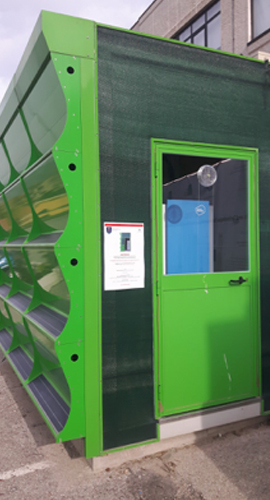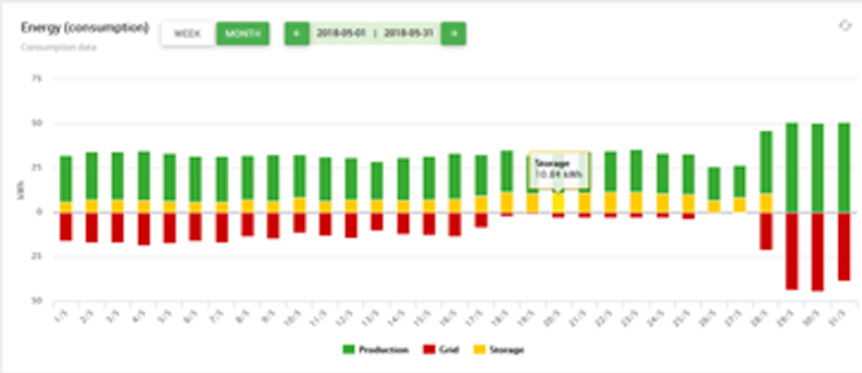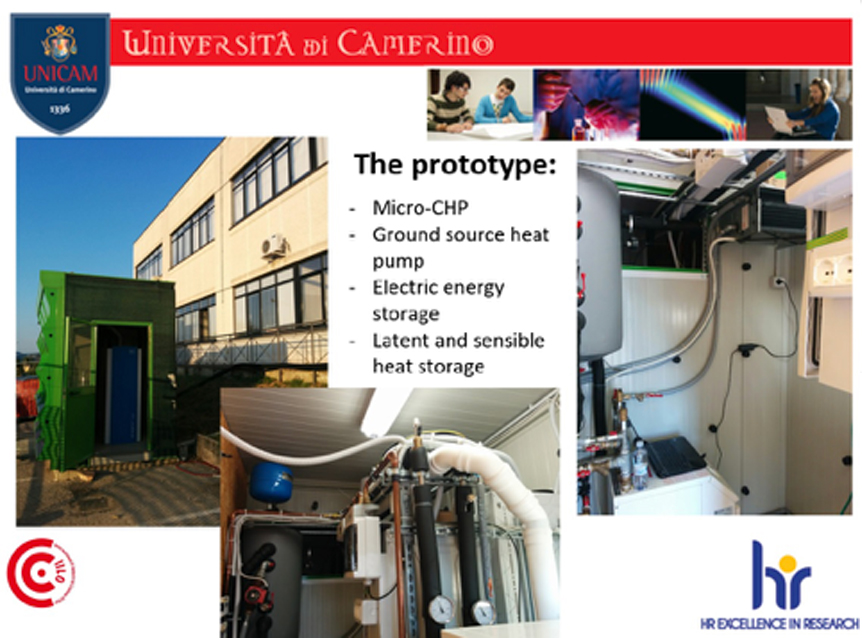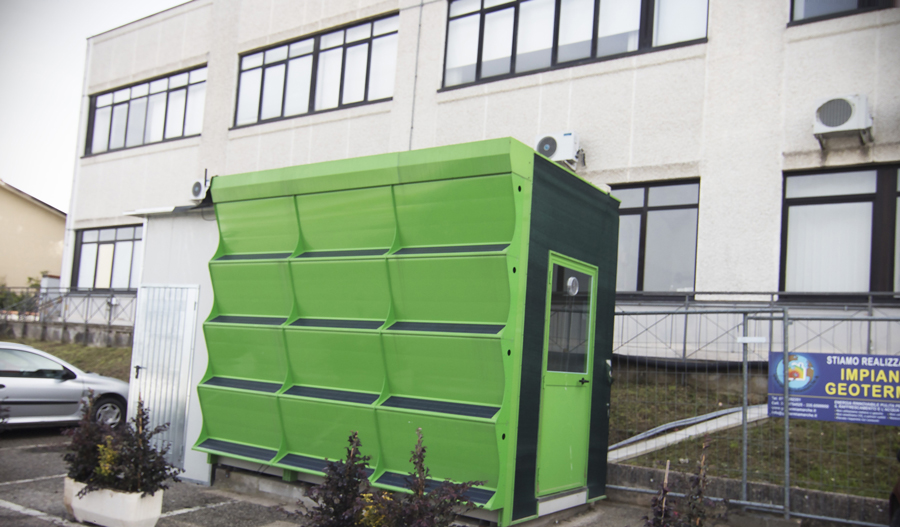Funded by the University of Camerino (University Research Fund tender 2014-15), with the contribution of the Business Partners, the MATREND project has set itself as objectives:
- to implement the overall quality of future geothermal systems, thanks to the study of the subsoil thermal exchange and to innovative solutions for geothermal probes and cements;
- to realize a hybrid system that uses different technologies in combination with the geothermal pump, in particular fuel cells with electric and thermal storage, for the supply of energy with low carbon content;
- redevelopment of buildings.
The system realized within the project consists of:
-
- Geothermal heat pump powered by two probes in 100 m wells
- Solid oxide fuel cell (SOFC) produced by Solid Power
- Electrical storage made by the Western Engineering company
- Thermal storage
- Sensors for real-time monitoring of numerous parameters related to different installations
- Specially designed control panels
- Dedicated software, specifically designed for the management of data produced
In addition, tests are underway to monitor the behaviour of the subsoil over time and to improve the behaviour of the filling cements of geothermal wells.
The plant is currently being tested at the UNICAM Science Center of Earth Sciences, where a special “island” has been created, powered by thermal energy (heating and cooling) and electricity produced by the plant through the fuel cell and the electric storage.

As a supplier of the MATREND project, Western Engineering has been involved in the design and construction of the electrical energy storage, consisting of:
– lithium-ion electrochemical accumulator with 48Vdc and 6.4kWh capacity
– power conversion system with a 5kW inverter / charger
– control panel and load switching
– electrical storage monitoring system

The accumulation of energy in applications with a low-power fuel cell (micro-CHP), is a perfect combination to meet peak shaving and load shifting problems in the domestic environment, a need that can be increasingly verified in the near future, with the progressive spread of electric mobility.


